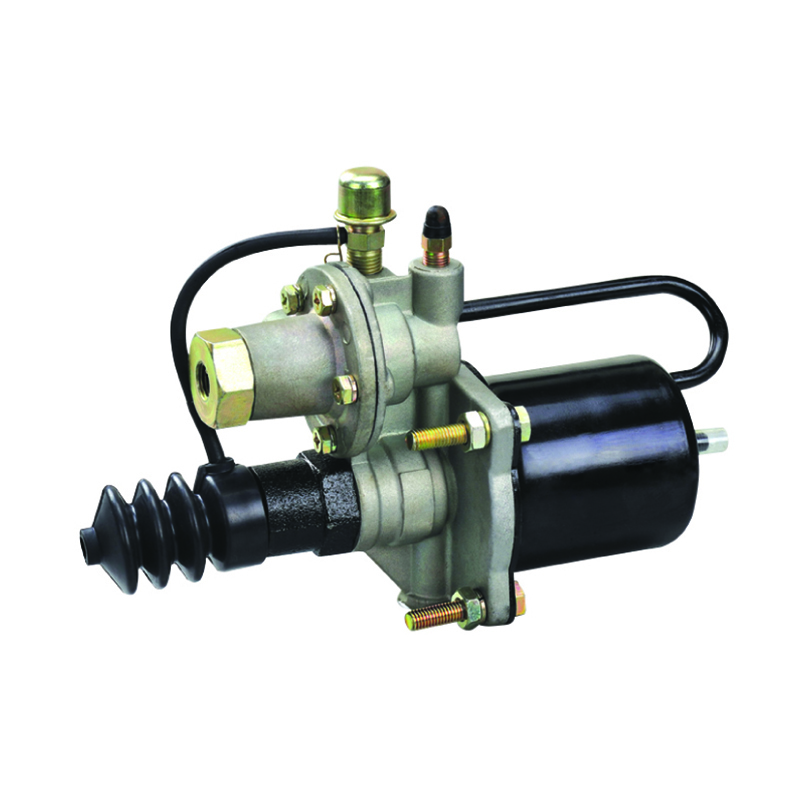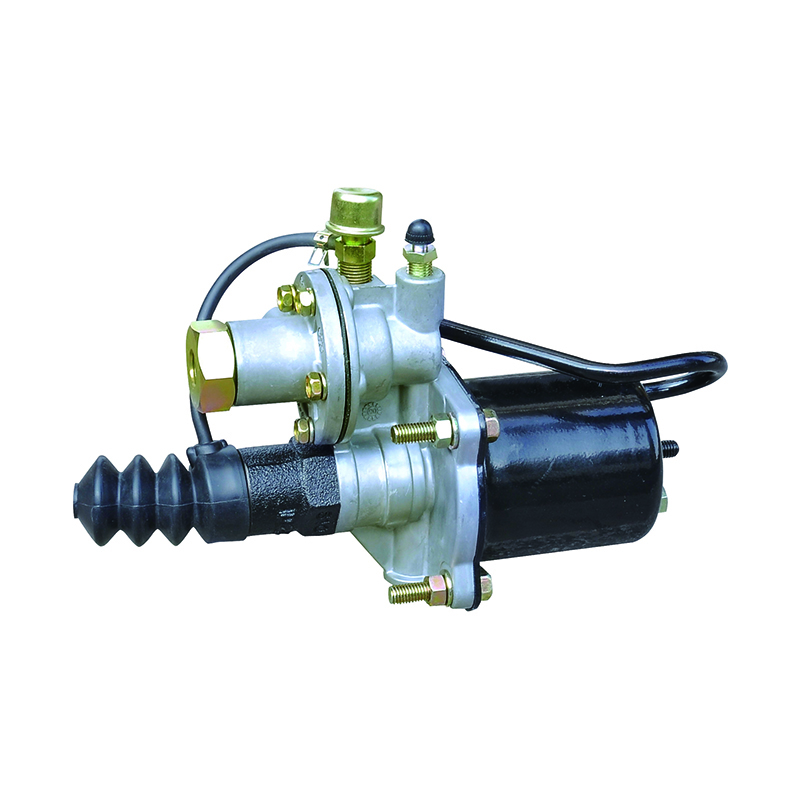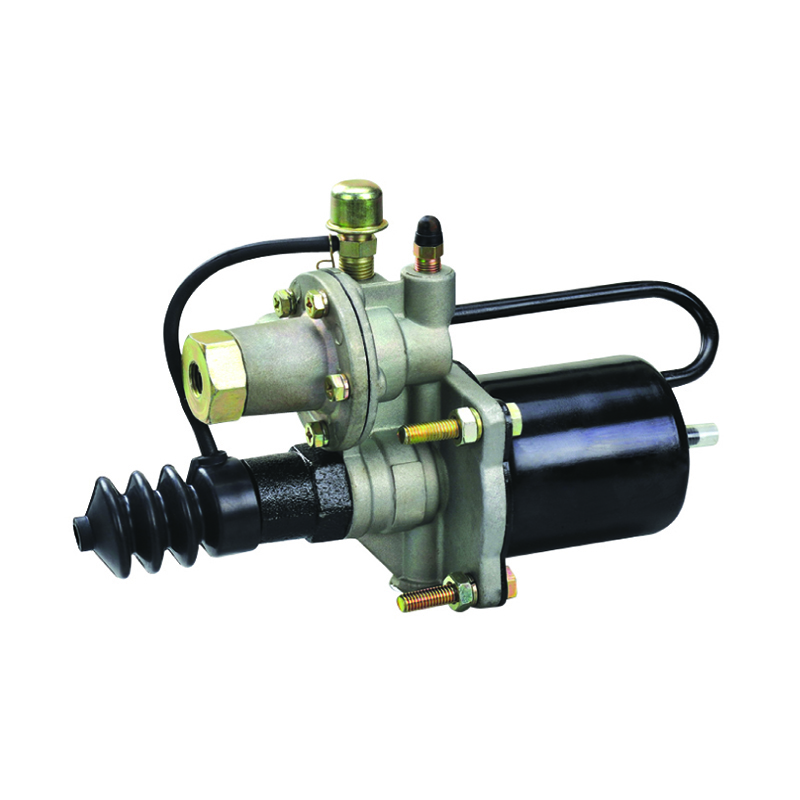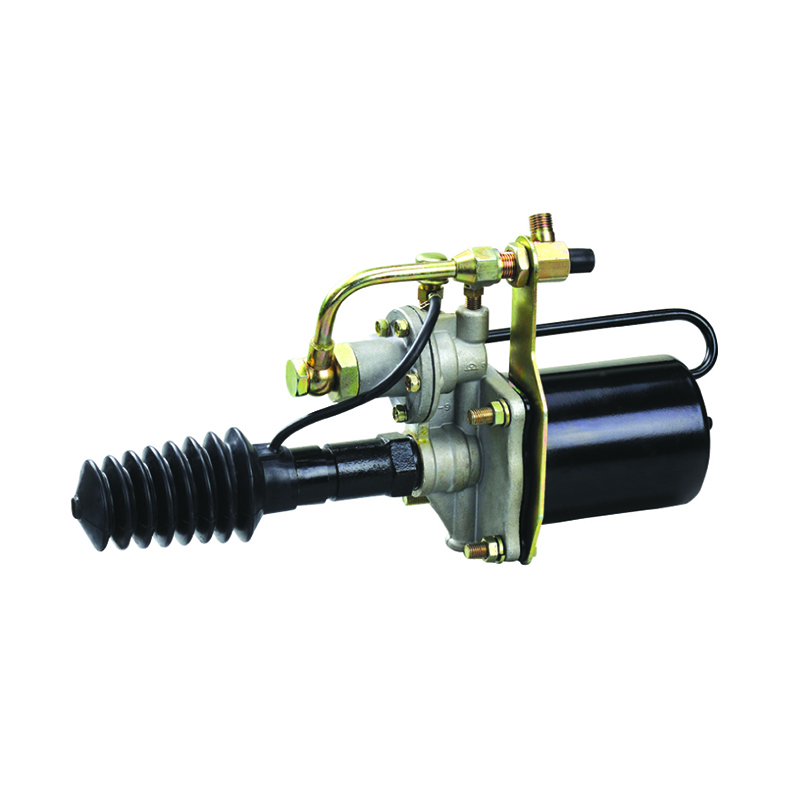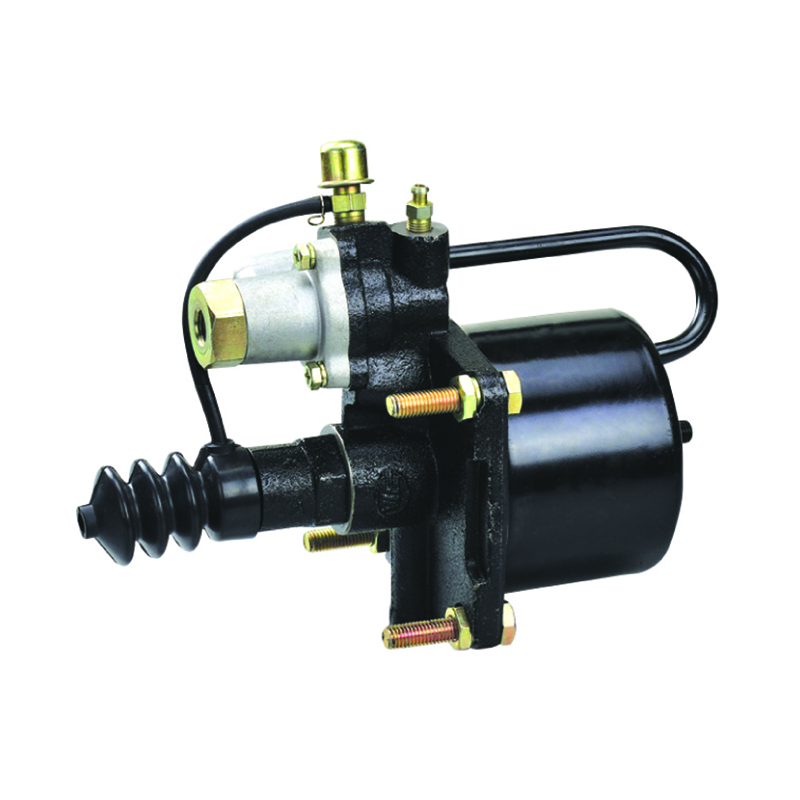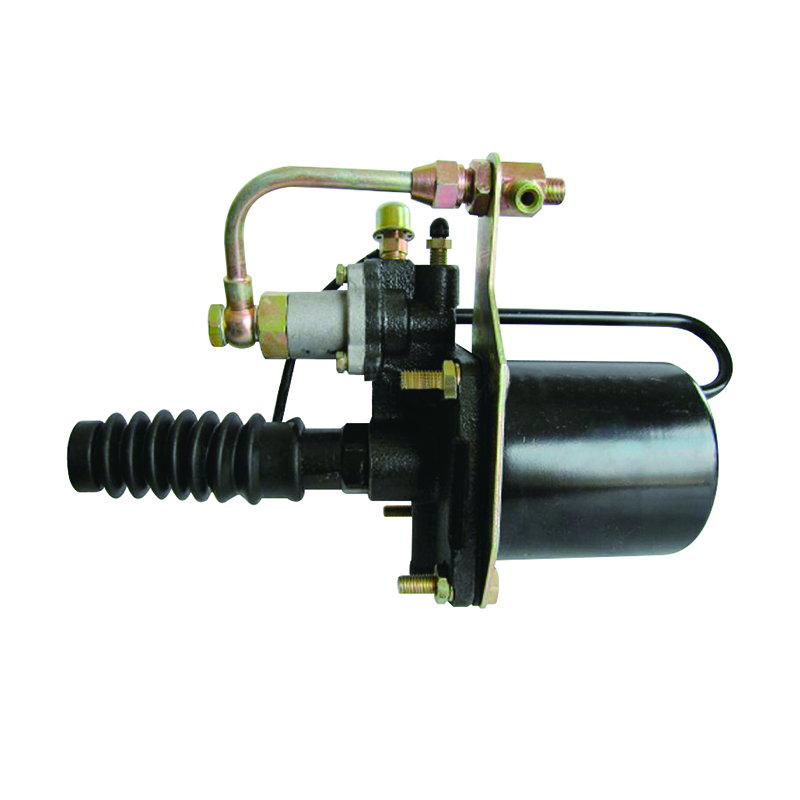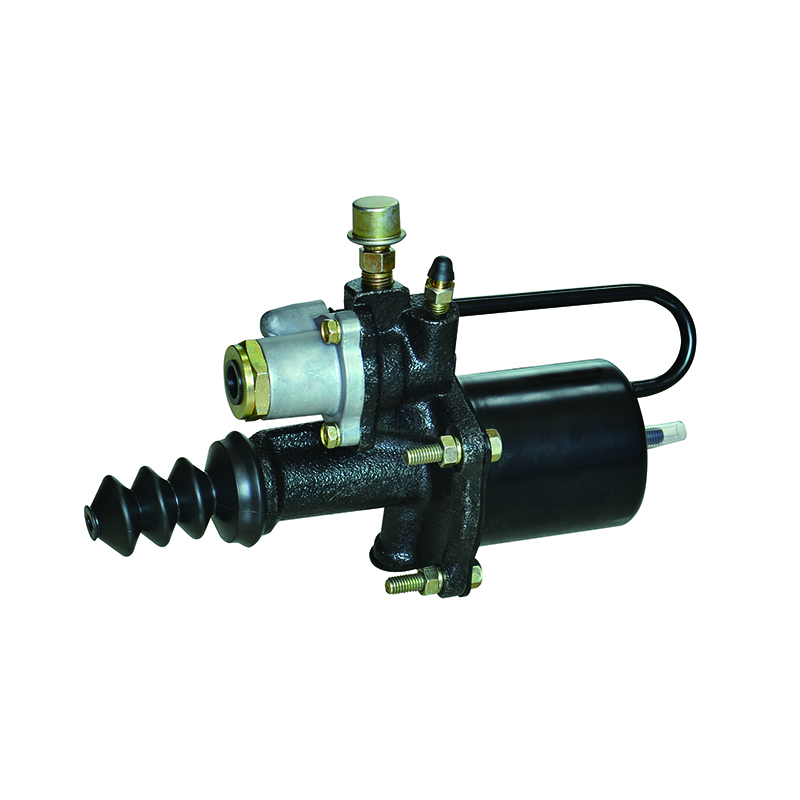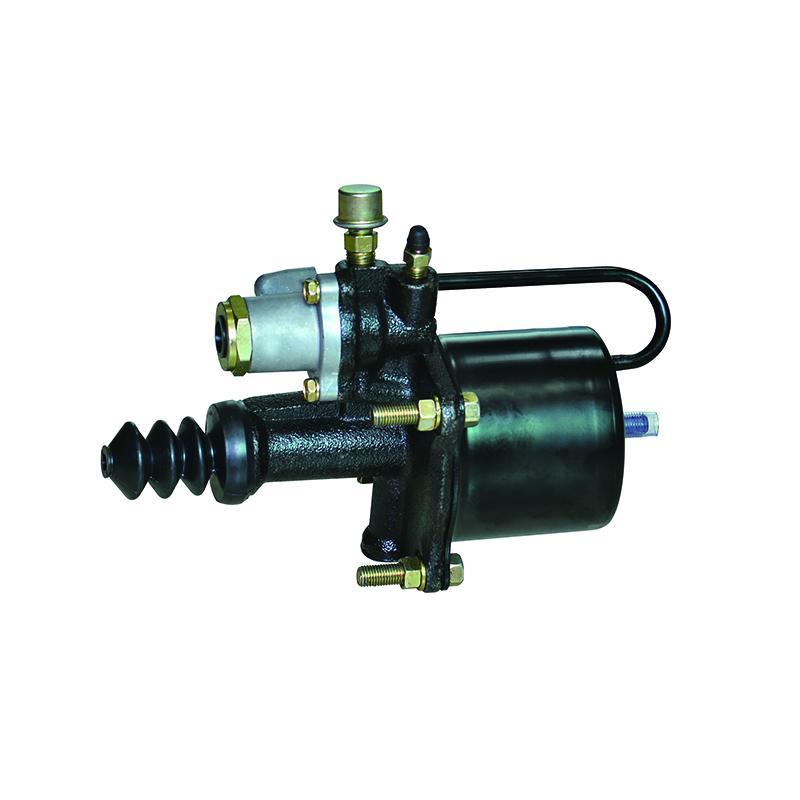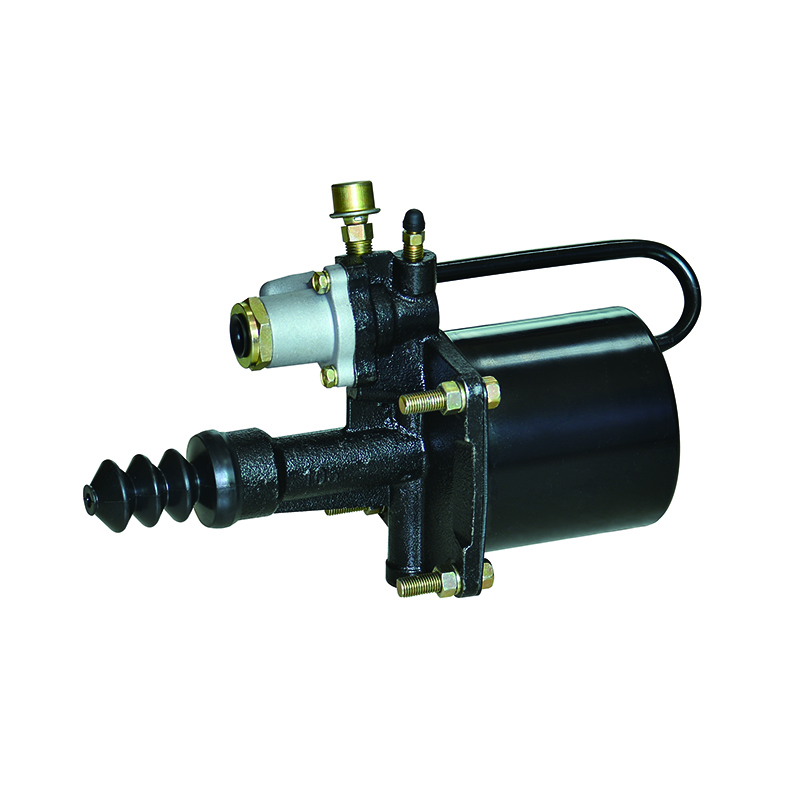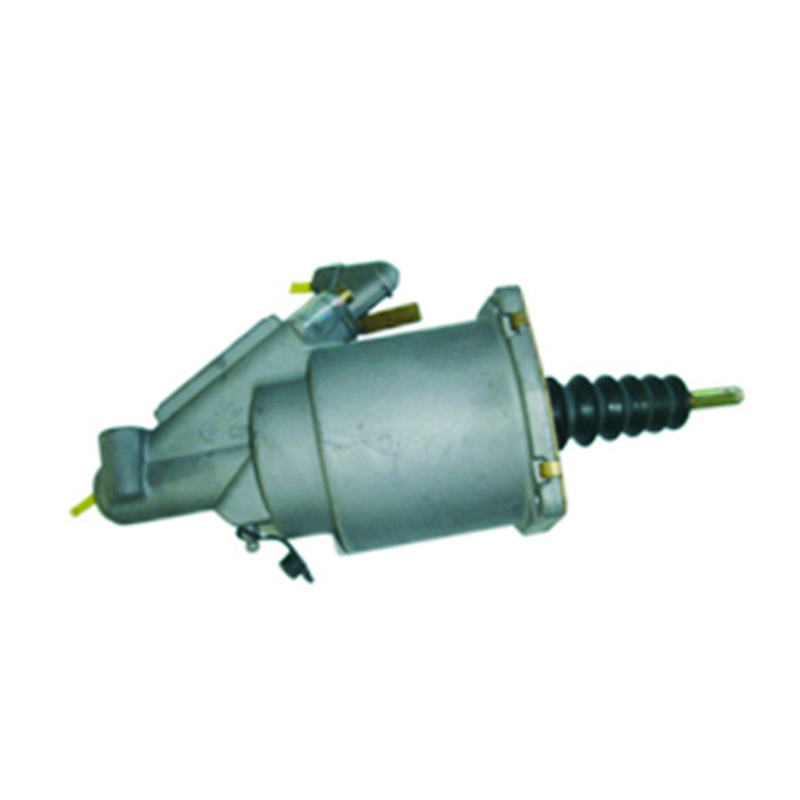For exclusive deals and latest offers, signup by entering your email address below.
The Basics of a Brake Booster
A brake booster is an important safety feature on your vehicle. It helps to prevent jackknifing when the driver applies too much brake pressure. In addition, it helps your car to stop faster and more effectively. These devices are especially important on heavy-duty vehicles. There are several different kinds of brake boosters. The most common is a vacuum booster.
Originally, these devices were used for the military to help it tow vehicles in emergencies. But today, they are more commonly found in medium to large commercial trucks. Moreover, they have been designed to be very damage-resistant.
They work by multiplying the force of the pedal with the engine vacuum. This process is regulated by a one way valve. When the driver presses the pedal, a small piston inside the booster opens a valve to release the air. Then the diaphragm in the diaphragm expands like a balloon and pushes the steel plate of the push rod. Using a secondary spring, the diaphragm returns to its original position after the brake pedal is released.
Several countries require brake boosters for four wheel vehicles. However, some cars are equipped with a pressurized air system, which means that there is no booster to be found in the vehicle. If your car does not have a booster, you should take it to a mechanic to repair it.
When a driver tries to apply a lot of brake pressure to a vehicle, the engine vacuum will increase, and the pressure will then be sent to the master cylinder. Since the master cylinder's piston is in contact with the brake pedal, the force will be amplified and help to bring the vehicle to a stop.
The primary spring is located on the side of the BB and is smaller in size compared to the secondary spring. The latter, however, is larger and positioned at the driver's side of the BB. This spring is responsible for regulating the opening and closing of the atmospheric valve.
Aside from the main body of the booster, there are various components to be found. These include the primary shaft, the diaphragm, the atmospheric valve, the secondary spring, the piston, the spring rod, the push rod, the master cylinder, and the brake pedal assembly.
One of the main advantages of a brake booster is its ability to engage the brakes even when the engine is not running. This is especially useful in cases of emergencies. Similarly, it can also help to reduce the risk of accidents and provide comfort to the driver. As a result, almost all cars that have hydraulic braking systems utilize a booster.
However, you need to be careful when driving with a booster. While it can provide effective braking, it can also decrease the mechanical strength of the brakes. Therefore, you may find it difficult to control your car. For this reason, it is important to know how to spot the signs of a failing booster.
Although there are many ways to detect a booster's failure, the first step is to examine the diaphragm. If it is worn, the air pressure on the diaphragm will be reduced, reducing the braking ability of the car. Another sign that the booster is not functioning correctly is a hard pedal.
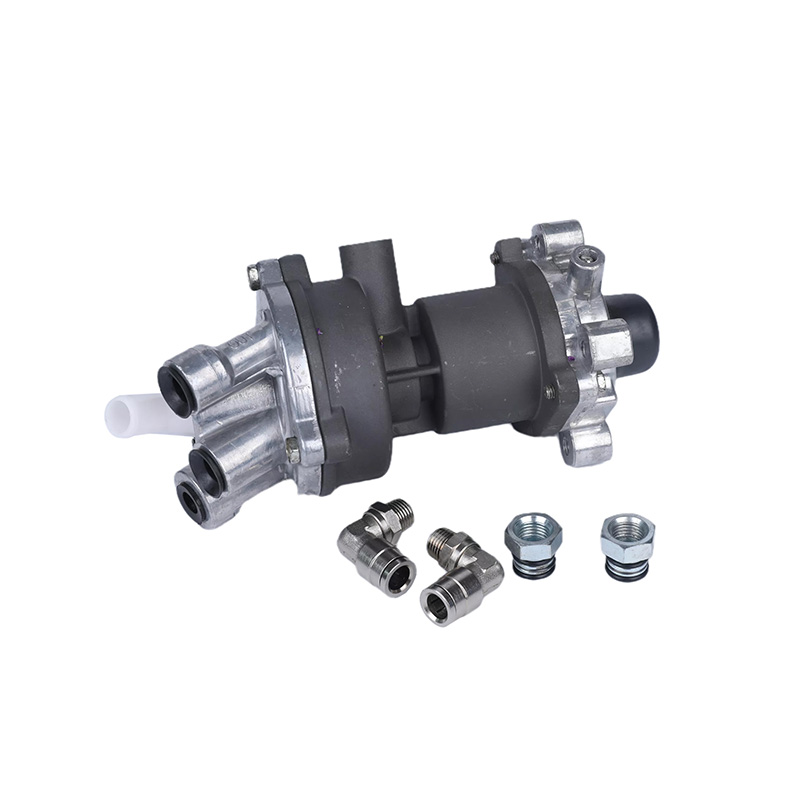


 English
English 中文简体
中文简体
